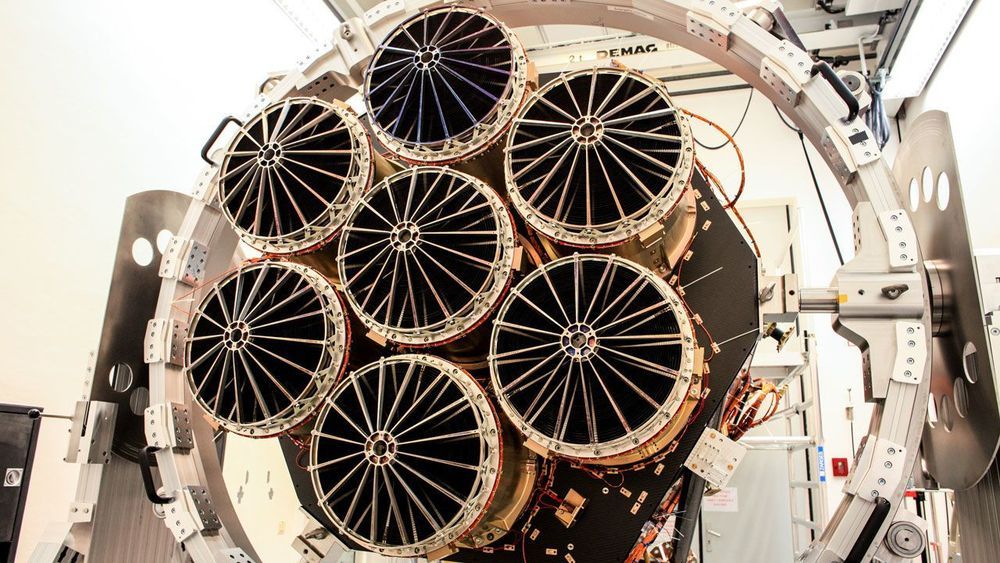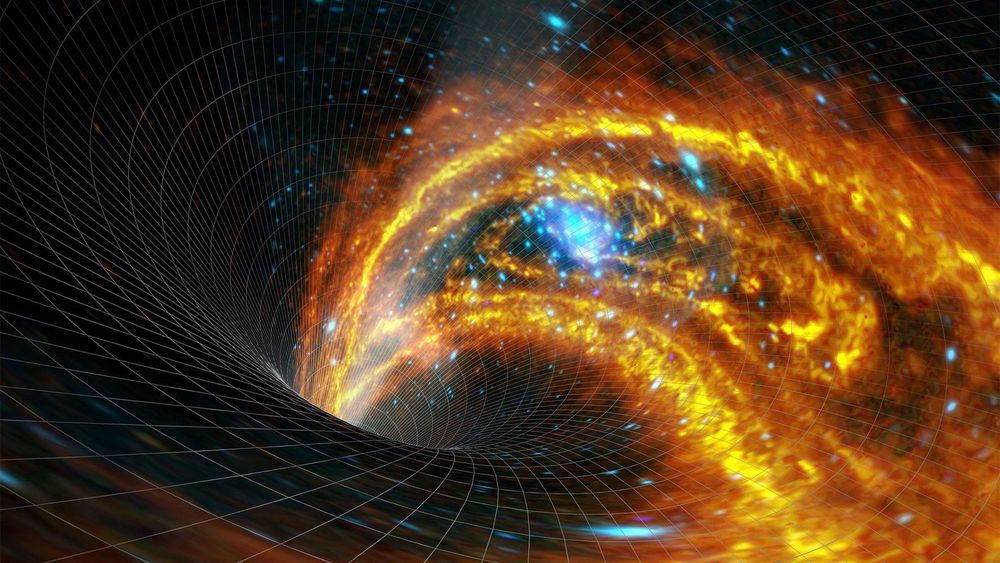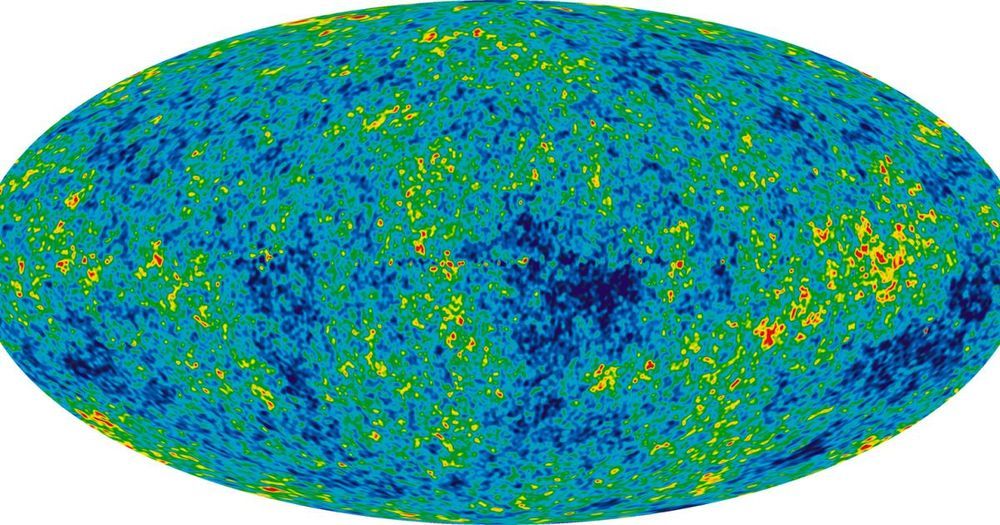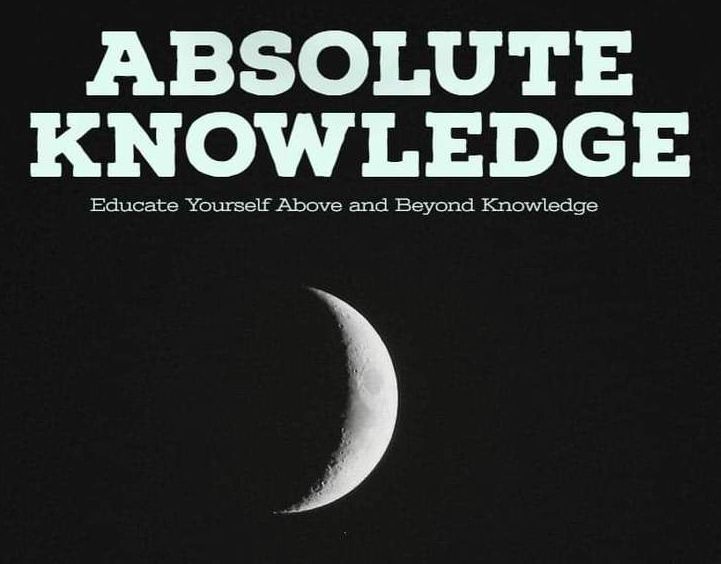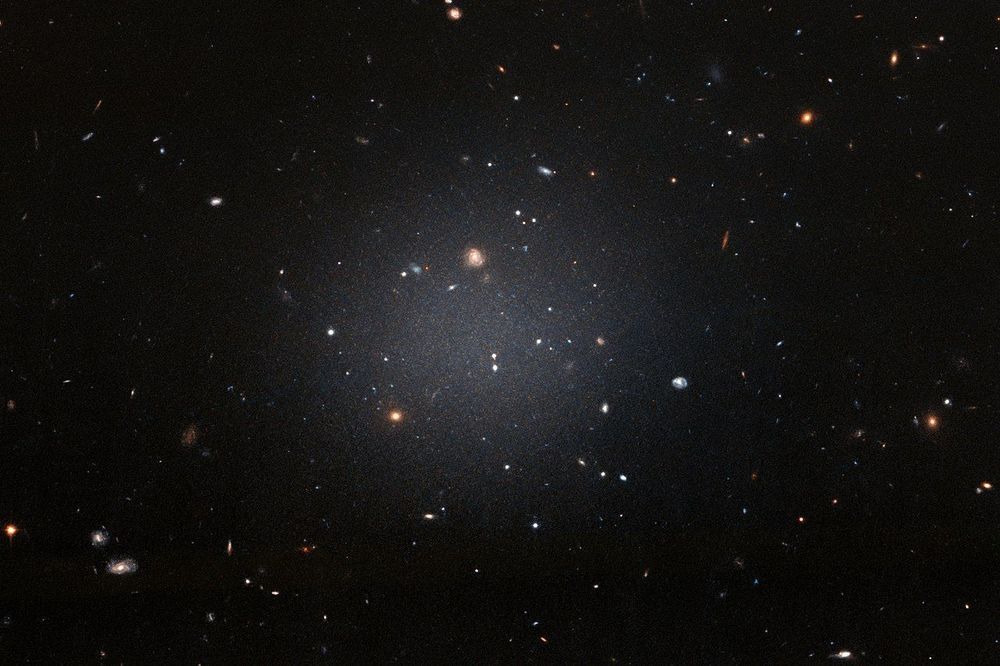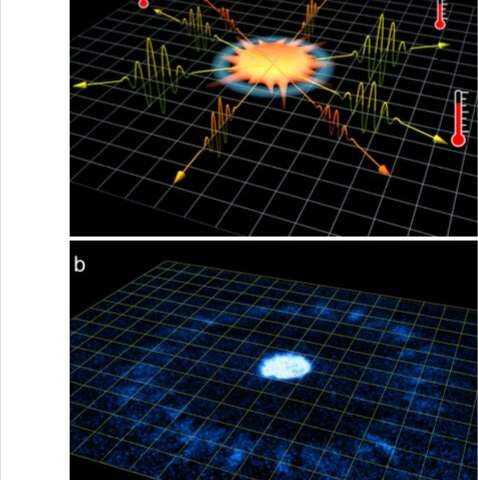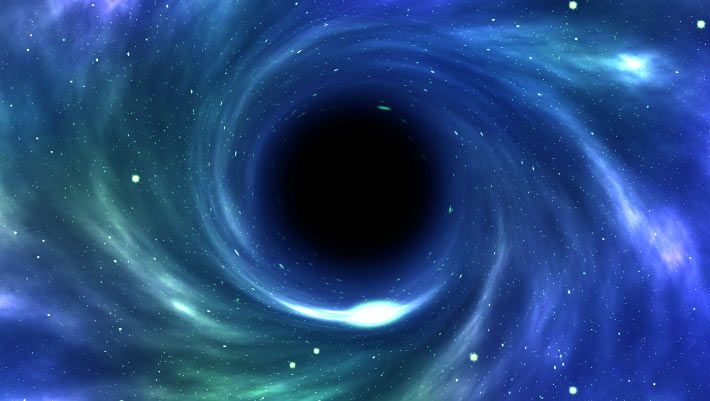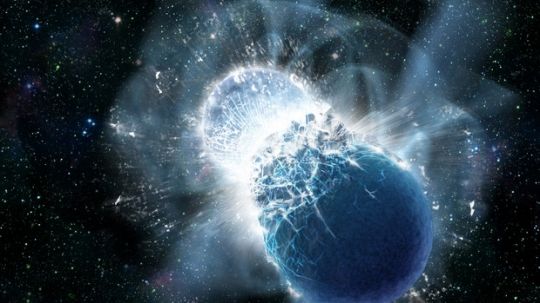Russia’s beleaguered space science program is hoping for a rare triumph this month. Spektr-RG, an x-ray satellite to be launched on 21 June from Kazakhstan, aims to map all of the estimated 100,000 galaxy clusters that can be seen across the universe. Containing as many as 1000 galaxies and the mass of 1 million billion suns, the clusters are the largest structures bound by gravity in the universe. Surveying them should shed light on the evolution of the universe and the nature of the dark energy that is accelerating its expansion.
Spektr-RG x-ray mission will be nation’s only space observatory.
